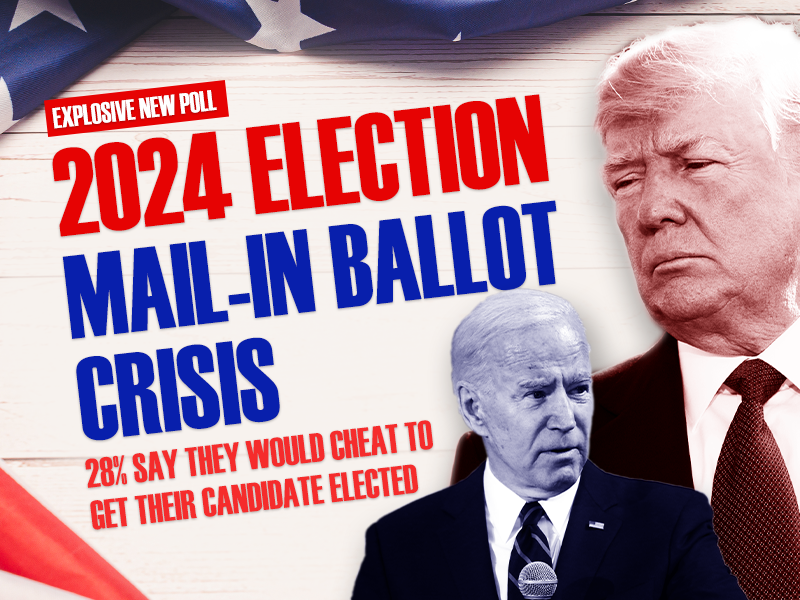On my most recent visit to the filling station, I paid about $2 less per gallon for gasoline than I was paying last summer. My local supermarket desperately tries to convince me it has the lowest prices around by directing me to aisles filled with sale items and private-label goods. My credit card statements listing purchases from the holiday shopping season remind me just how many bargains I snagged. Even the price of medical care has been relatively flat the past few months, according to the Bureau of Labor Statistics.
And then there’s the price of government. My property taxes are going up a whopping 6.4 percent this year, a move that comes on top of similarly large increases in virtually every year since I moved into my house. Although I already live in one of the most heavily taxed states, New Jersey, our governor hasn’t ruled out further tax increases if revenues keep declining—even after an injection of federal money via the Obama stimulus plan.
Mindboggling Array
California legislators are haggling over exactly which taxes to increase—contemplating surcharges to their income tax (already one of the nation’s highest) and a sales tax hike. New York Gov. David Paterson proposed a mindboggling 88 new or higher fees and taxes in his budget, including a so-called “obesity tax” on soft drinks, an “Ipod tax” on music downloads, and new or higher taxes on movie tickets, beer and wine, taxi rides, and massages.
Other states are mulling over new or higher taxes on sodas, snacks, alcohol, and, of course, cigarettes, although “butt” taxes are already so high in many states that we’ve probably entered the realm of diminishing returns.
As private-sector workers battle joblessness, pay cuts, and longer work hours, it seems particularly nasty that the one cost that is most difficult for them to escape, the cost of government, is going up steadily. Just about the only ways to ameliorate rising property taxes, for instance, are through laborious and uncertain challenges to your home’s assessment, or by moving.
There’s no doubt that people do plenty of the latter, considering that the places with the steepest tax burdens also have the highest rates of out-migration. But trying to sell your home and finding a job elsewhere in an environment of rising unemployment and collapsing housing prices hardly seems like a sound strategy right now.
People will also avoid higher consumption taxes by consuming less, one reason why projections of how much a new tax will raise often overestimate actual collections.
Stimulus Strings
Local newspapers are now assuring residents that Washington is coming to their aid with a stimulus package that directs billions of dollars to the states. But much of this money is for specific programs, which will limit how states can use it and hence won’t offset tax shortfalls. The Milwaukee Journal Sentinel reported that the local school board there, for instance, stands to gain $88 million in school construction money it largely doesn’t need because enrollment is declining and 15 school buildings are already empty.
Moreover, you can be sure that as states ramp up new programs with some of this designated federal money, local taxpayers will be left with the tab when the stimulus package disappears. Two years from now those same local newspapers that today are telling residents that help is on the way will be filled with gloomy stories about programs that will vanish unless the state steps in to replace federal funds.
Government Pads Payrolls
In the midst of the sharp downturn of the private economy starting early last year, many local politicians let their budgets and workforces continue to increase. In October I observed that state and local public-sector jobs were still growing—the 11th increase in 12 months. Even as the private economy contracted by some 750,000 jobs, government added 200,000 positions in that time.
Now, faced with steep shortfalls, politicians are playing their usual budgetary games. In their book The Price of Government, David Osborne and Peter Hutchinson observe that state and local politicians typically rig local fiscal debates by focusing on the small percent of a budget that has to be cut in tough times. That turns budget discussions into a form of horse-trading in which advocates and favored constituencies work to preserve their jobs and programs, regardless of whether they are effective or whether citizens really value them.
Good governments, by contrast (and there are vanishingly few), start with how much money they presume will be available to spend and ask, how can we best serve our citizens and accomplish what they most want us to accomplish with this money?
To govern this way, however, requires that local leaders take on the advocacy groups—from public employee unions to social service agencies to private contractors living off public works—who frame even the smallest cuts in apocalyptic terms. Not only have these groups grown ever more powerful and savvy as lobbyists for their interests, but many of our state and local legislatures are now filled with representatives of these constituencies. Their ascendance represents the triumph of the tax-eaters over taxpayers.
Steven Malanga is an editor for RealClearMarkets.com and a senior fellow at the Manhattan Institute. A version of this article appeared at RealClearMarkets.com on February 4. Used with permission.



